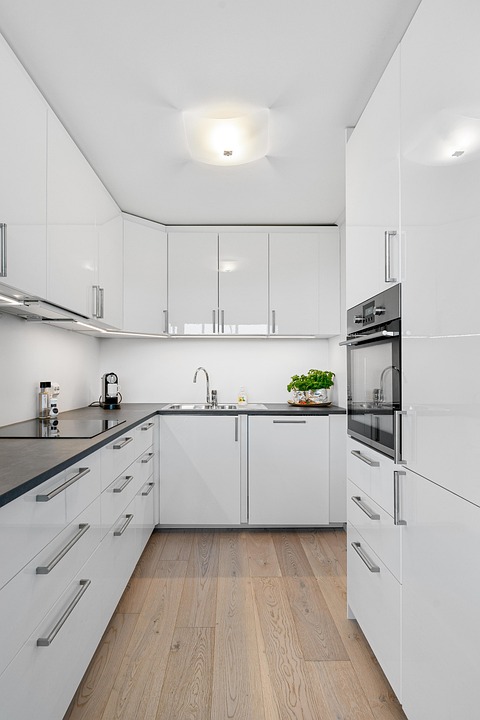The Green Revolution: Exploring the Future of Eco-Conscious Architecture in 2025
Introduction
In recent years, there has been a growing trend towards eco-conscious architecture as people become more aware of the impact of buildings on the environment. With the increasing threat of climate change, architects and designers are looking for ways to create sustainable and energy-efficient buildings that minimize their carbon footprint. The Green Revolution is a movement towards more environmentally-friendly building practices, and in 2025, we can expect to see even more innovative and sustainable designs taking shape.
Key Trends in Eco-Conscious Architecture
One of the key trends in eco-conscious architecture is the use of renewable energy sources such as solar panels, wind turbines, and geothermal heating systems. These technologies allow buildings to generate their own energy, reducing their reliance on fossil fuels and lowering their carbon emissions. In 2025, we can expect to see even more buildings incorporating these technologies into their design.
Another important trend is the use of sustainable materials such as bamboo, recycled wood, and low-emission concrete. These materials have a lower environmental impact than traditional building materials and can help reduce the carbon footprint of a building. In 2025, we can expect to see more architects and designers embracing these sustainable materials in their projects.
Benefits of Eco-Conscious Architecture
There are many benefits to eco-conscious architecture, both for the environment and for the people who use the buildings. Sustainable buildings are more energy-efficient, which can help reduce energy costs and lower greenhouse gas emissions. They also provide a healthier indoor environment for occupants, with better air quality and natural lighting. In addition, eco-conscious buildings can help preserve natural resources and protect ecosystems.
Challenges and Solutions
While eco-conscious architecture offers many benefits, there are also challenges that architects and designers face in implementing sustainable practices. One of the main challenges is the higher upfront cost of eco-friendly materials and technologies. However, over time, these investments can pay off through lower energy costs and a smaller environmental impact.
To address these challenges, architects and designers can look for ways to optimize the design of a building to maximize energy efficiency and minimize waste. They can also work with clients to educate them about the benefits of eco-conscious architecture and help them understand the long-term savings that can be achieved through sustainable building practices.
Future Outlook
In 2025, we can expect to see even more innovative and sustainable designs in eco-conscious architecture. With advances in technology and a growing awareness of the importance of sustainability, architects and designers will continue to push the boundaries of what is possible in green building practices. The Green Revolution is not just a trend, but a fundamental shift towards a more sustainable and environmentally-friendly built environment.
Conclusion
The Green Revolution is shaping the future of architecture in 2025 and beyond. By embracing eco-conscious practices, architects and designers can create buildings that are not only beautiful and functional but also environmentally-friendly and sustainable. With the right investments and a commitment to sustainability, we can build a better future for our planet and future generations.












